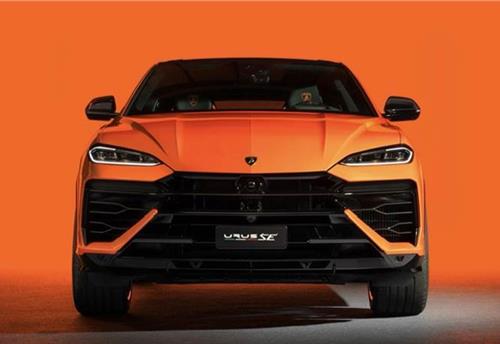Subaru targets Europe with class-leading safety technology
Sales of Subarus represent just 0.3% of the European market; it hopes a new platform will draw new customers with leading safety
Subaru is betting on an all-new platform and what it claims will be ‘class-leading, real-world’ safety to revitalise the brand in Europe.
It also confirmed that it will launch a new-generation hybrid model at the end of 2018 and a new downsized turbocharged engine in 2019. In 2020, Subaru will launch its first all-electric model.
Engineers say that they have started work on the EV - which will be based on an existing model - but are conducting crash tests to ensure that the battery location offers maximum safety.
After some hesitation, Subaru says it will move into autonomy over the next few years, using its Eyesight stereo camera system as a basis for the required technology.
Despite setting new sales records in the US and global sales of 1.012m, Subaru took just 40,600 sales across the European market, giving it just 0.3% of the market and 0.8% of the booming SUV market.
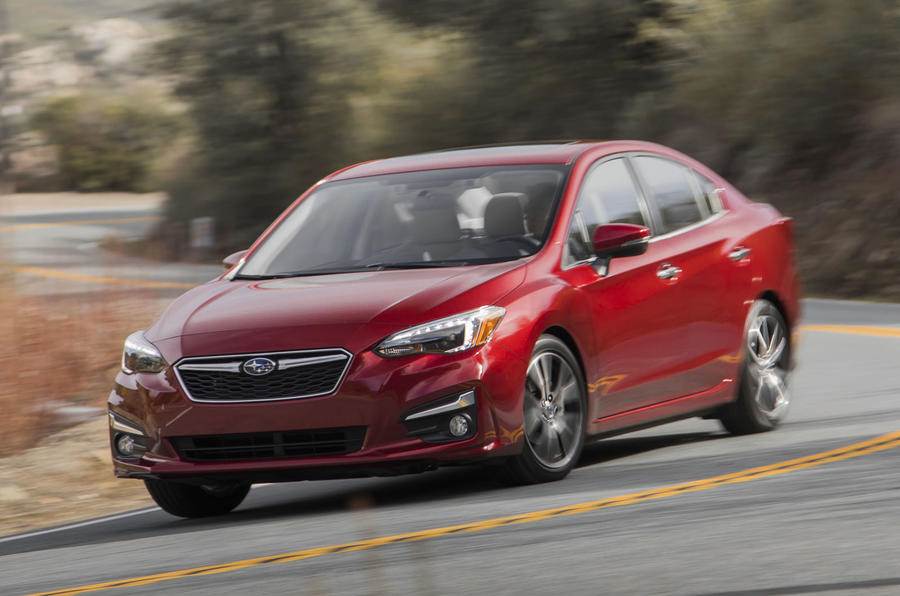
Subaru hopes that a new range of vehicles based on the new platform will mark a turning point. This will be first be used on the all-new XV small SUV, which goes on sale in Europe early next year, followed by the all-new Impreza and upcoming next-generation Forester. There’s no news on whether Europe will get the giant seven-seat Subaru Ascent SUV that's due later next year.
According to Atsushi Nakashima, one of the company’s most senior body design engineers, the Global Platform will deliver ‘premium-level’ refinement in a number of important areas including straight-line stability - reducing the need for tiring steering corrections during high-speed driving - and big reductions in vibration through the steering wheel and floor.
The platform has been designed to be compatible with crash standards as far ahead as 2025. US versions of the Impreza structure already get a specially engineered B-pillar with a wall thickness of between 1.4mm and 2.75mm along its length to help better protect occupants.
At a technical presentation in Belgium, Subaru showed a video of the new Impreza being struck head-on by a 2.5-tonne trolley at 56mph. The car's boxer engine slides away under the floorpan rather than impacting on the passenger space, and the front structure is substantially crushed against the bulkhead, but the front doors are hardly impacted and could still be opened.
Subaru has also just announced that it has opened a new test track facility in Hokkaido, the northernmost island of Japan. This will be used to develop ‘driver assist technologies’.
Technical highlights of the new structure
The new Global Platform has been dramatically improved by the use of six structural box-sections running under the floorpan, up from four in the outgoing platform. The front suspension towers are now also braced against the lower A-pillar and bulkhead and adhesives used in addition to spot welding.
Subaru claims a big improvement in platform stiffness. Torsional rigidity is up by 70%, front suspension rigidity by 70%, front body lateral rigidity by 90% and rear subframe rigidity by 100%. Tuning of the ride aims to be ‘comfortable but firm’.
The improved front-end rigidity is such that Subaru claims that, thanks to a reduction of body flex, turn-in response of the vehicle is improved by 0.1sec, which is noticeable to the driver. The new architecture is also said to be able to absorb 40% more energy from an impact.
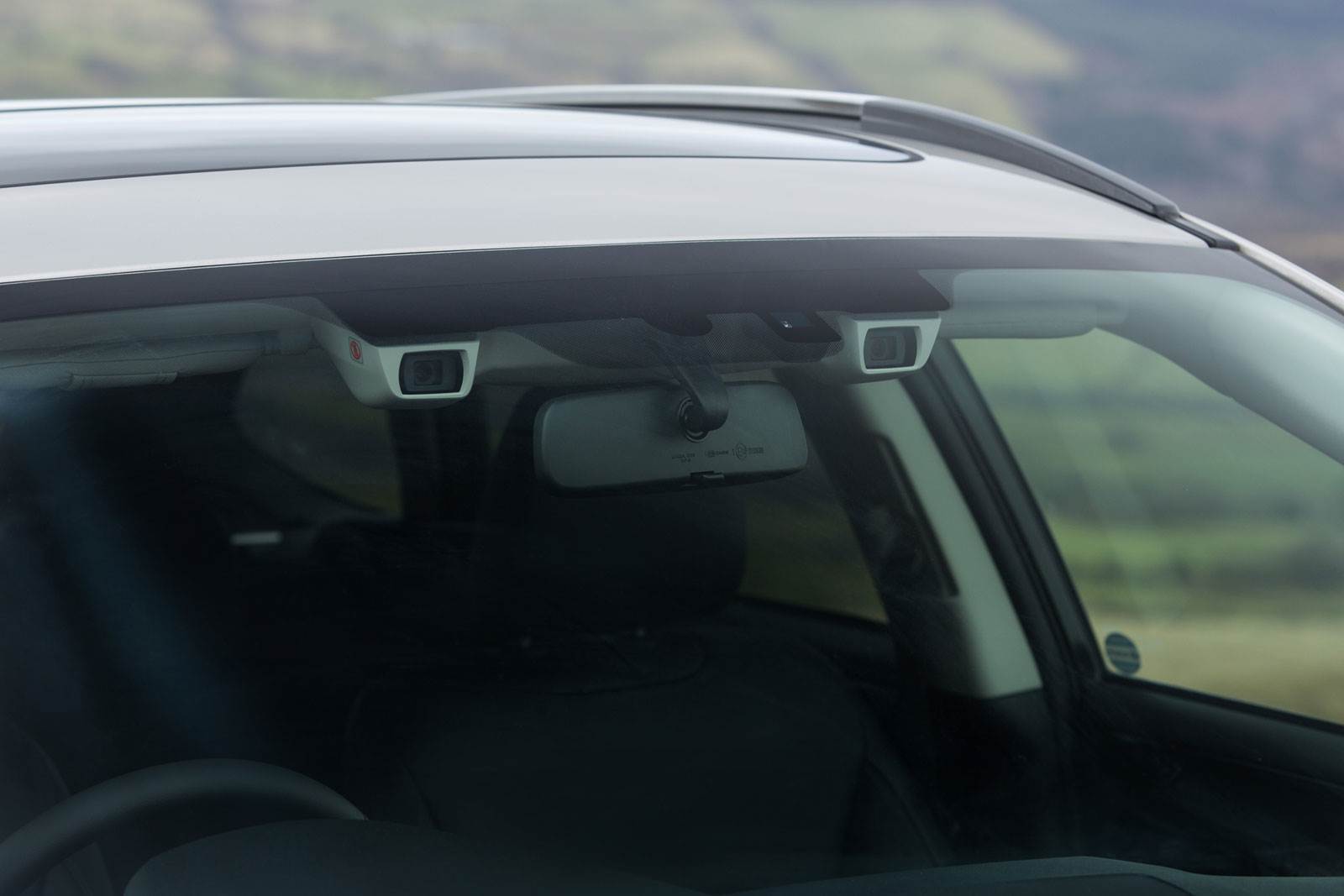
Pedestrian safety has been improved on the new platform with the development of a new bonnet airbag system that doesn't need an expensive pop-up bonnet. The airbag is deployed from beneath the rear edge of the bonnet and also protects the base of the A-pillars.
Subaru’s Eyesight camera system (pictured above), which uses tracking recognition for moving objects similar to the face recognition used by digital cameras, has reduced rear-end collisions by 83% and collisions with pedestrians crossing roads by 52%, according to the company’s own figures. In Japan, Eyesight has already received a Touring Assist function that can control acceleration, braking, and steering in motorway jams.
RELATED ARTICLES
Nissan targets growth in China, unveils four NEV concepts at Beijing Motor Show
The two EVs and two plug-in hybrids are a joint effort with Nissan’s local partner Dong Feng and aimed to better address...
Lamborghini unveils Urus SE ahead of Auto China 2024
Electric-only range of 60km helps reduce emissions by 80%.
ZF to display next-gen e-axle for low-floor city buses at Busworld Turkiye 2024
The AxTrax 2 LF is available with a continuous output of up to 360 kW and a peak torque of up to 37,300 Nm.





 23 Jun 2017
23 Jun 2017
 3754 Views
3754 Views




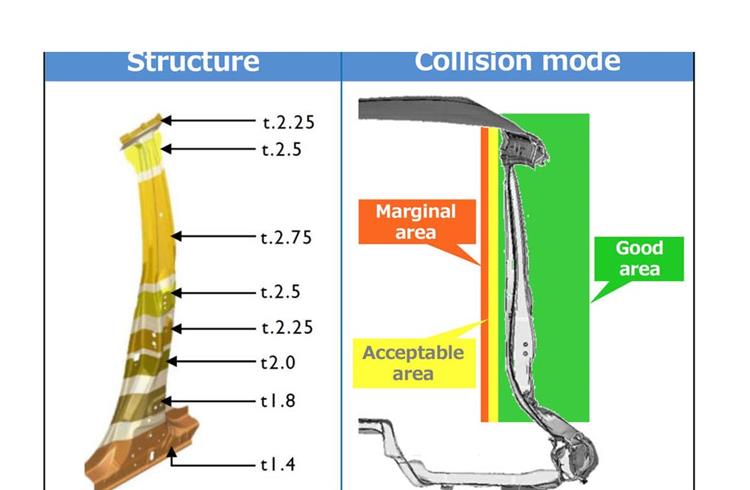
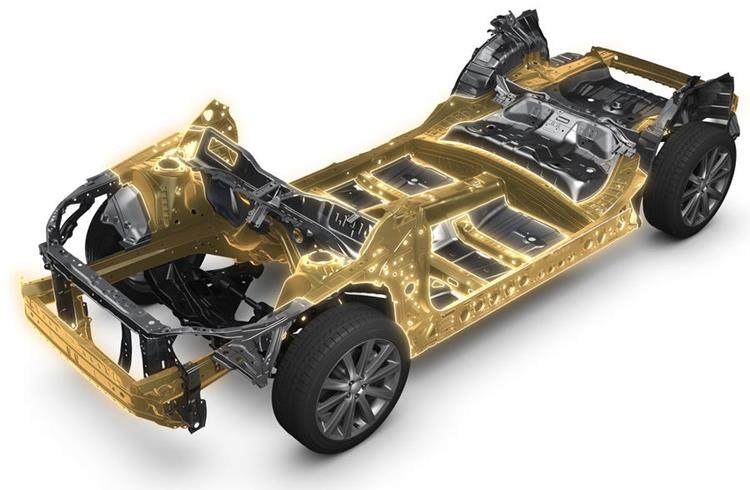
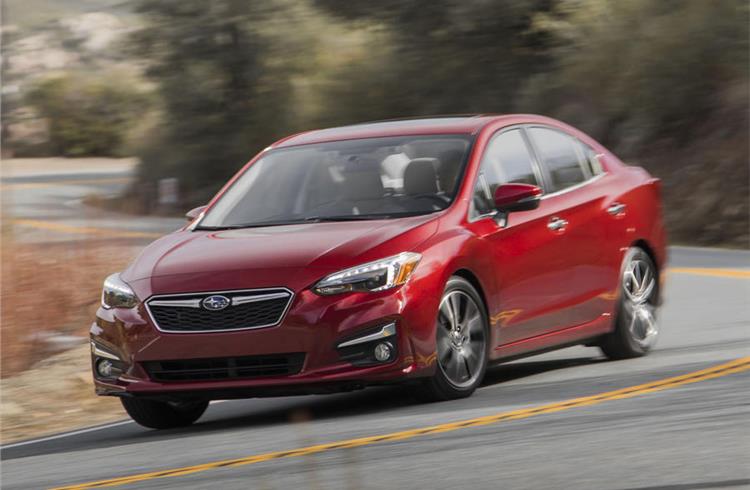
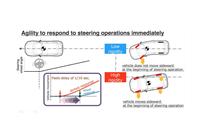


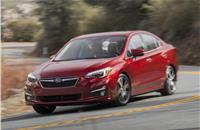
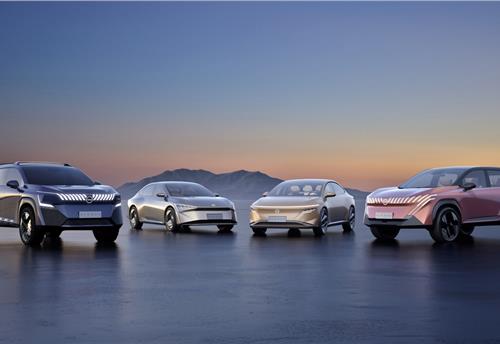
 Autocar Pro News Desk
Autocar Pro News Desk

